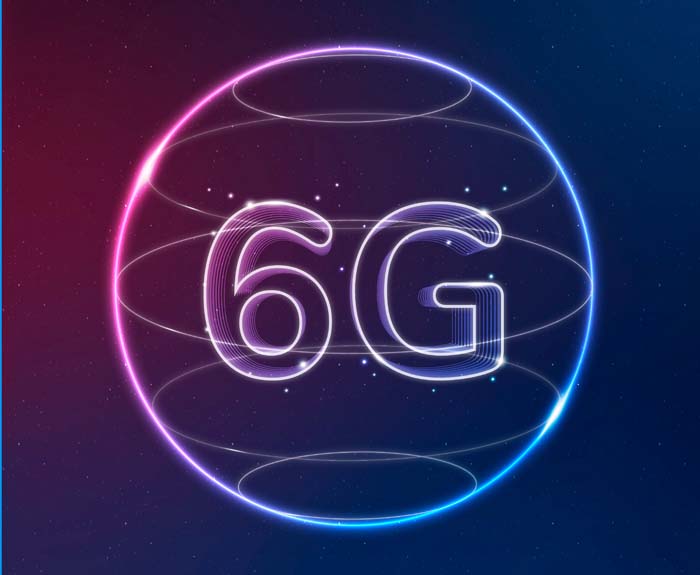Introduction:
As technology continues to evolve at a rapid pace, the world eagerly anticipates the arrival of the next generation of wireless communication: 6G. Building upon the advancements of its predecessors, 6G promises to revolutionize connectivity and unlock new possibilities for industries and society as a whole. In this blog post, we delve into the realm of 6G wireless communication, its potential applications, and the transformative impact it could have on our lives.
What is 6G Wireless Communication?
6G refers to the sixth generation of wireless communication technology, succeeding the current 5G standard. It aims to push the boundaries of wireless connectivity by introducing breakthrough features that enable faster speeds, ultra-low latency, massive device connectivity, and unprecedented reliability.
Key Features and Advancements:
a. Blazing-Fast Speeds: 6G aims to achieve terabit-per-second data rates, surpassing the already impressive speeds of 5G. This tremendous bandwidth will enable seamless streaming of high-definition content, virtual and augmented reality experiences, and real-time transmission of massive data sets.
b. Ultra-Low Latency: 6G is poised to minimize latency to mere milliseconds, facilitating near-instantaneous communication and response times. This low latency will be crucial for applications like autonomous vehicles, remote robotic surgery, and immersive multiplayer gaming.
c. Massive Device Connectivity: With 6G, we can expect to connect an unprecedented number of devices simultaneously. The technology will accommodate the Internet of Things (IoT) ecosystem, enabling seamless connectivity between billions of smart devices, sensors, and machines.
d. Enhanced Reliability: 6G aims to ensure reliable connectivity even in the most challenging environments. Through advanced signal processing techniques, smart antennas, and intelligent network management, 6G will mitigate signal interference and provide uninterrupted service.
Potential Applications and Transformative Impact:
a. Autonomous Systems: 6G will fuel the development and deployment of autonomous systems on a large scale. This includes autonomous vehicles, drones, and robots that rely on real-time communication, ultra-precise positioning, and instant decision-making.
b. Extended Reality (XR): With 6G’s enhanced speeds and low latency, extended reality experiences will reach new heights. Immersive virtual reality, augmented reality, and mixed reality applications will revolutionize gaming, education, healthcare, and remote collaboration.
c. Smart Cities and Infrastructure: 6G will lay the foundation for truly smart cities, enabling efficient management of resources, enhanced public safety, intelligent transportation systems, and optimized urban planning.
d. Healthcare and Telemedicine: The ultra-reliable and low-latency characteristics of 6G will advance telemedicine and remote healthcare services. Real-time transmission of medical data, remote surgeries, and access to specialized care will become more accessible and efficient.
e. Sustainable Technologies: 6G can play a pivotal role in environmental sustainability. It will facilitate the deployment of smart grids, efficient energy management systems, and environmental monitoring solutions, contributing to a greener and more sustainable future.
Challenges and Future Outlook:
As with any technological advancement, 6G faces several challenges. These include spectrum availability, infrastructure development, energy efficiency, and ensuring security and privacy in an increasingly connected world. Overcoming these obstacles will require collaboration between industry, academia, and policymakers. While 6G is still in its early stages of development, researchers and industry leaders are actively
exploring its potential. It is expected that the first commercial deployments of 6G may start around the 2030s, with gradual global adoption following thereafter.
Conclusion:
6G wireless communication represents the next leap forward in connectivity, bringing with it unparalleled speed, ultra-low latency, and immense device connectivity. This revolutionary technology has the potential to transform industries, drive innovation, and reshape the way we live, work, and interact. As we eagerly anticipate the arrival of 6G, it is crucial for stakeholders to collaborate and pave the way for a future that harnesses the full potential of this groundbreaking wireless communication standard.



